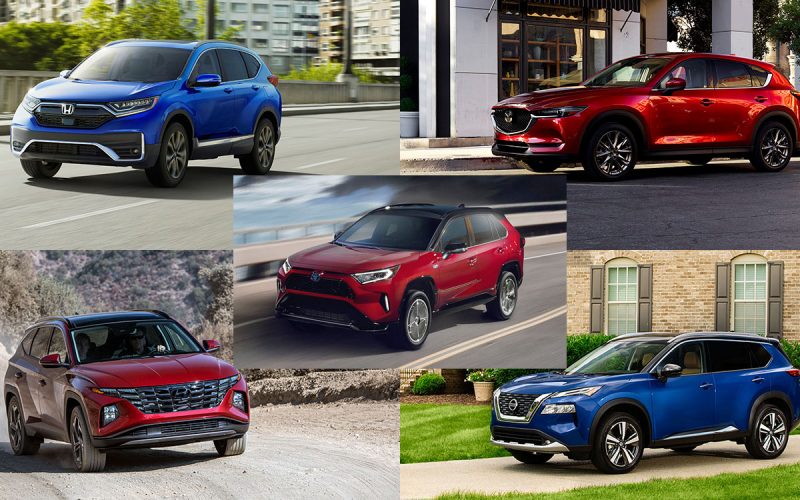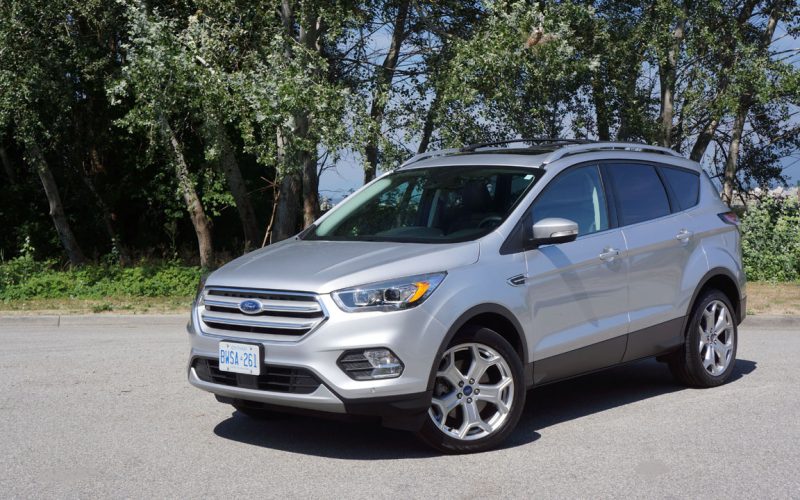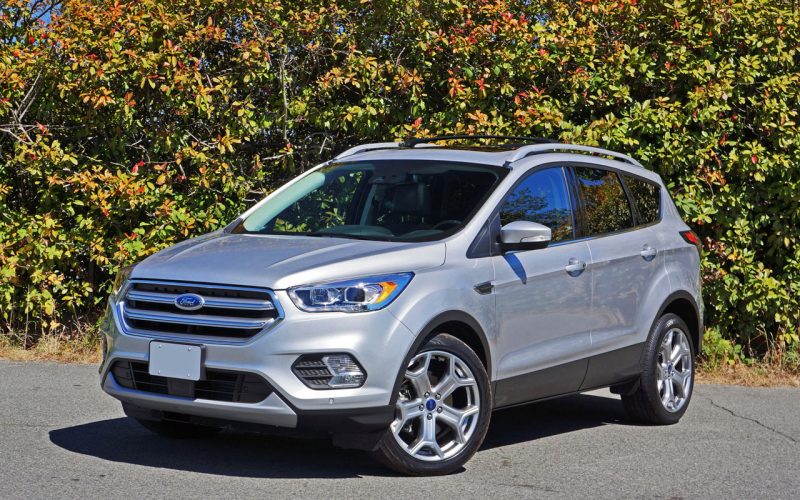
There’s no hotter segment in today’s car market than the compact crossover SUV. Having started in 1994 with the Toyota RAV4, a model that was joined by Honda’s CR-V the

With an all-new 2020 Escape already showing up at Canada’s blue-oval dealerships, it’s time to say goodbye to a third-generation Escape that’s been with us since 2013. The version seen

Did the changes to Ford’s fourth-generation 2017 Escape go far enough to keep it in the upper echelon of the hotly contested compact SUV mix? We’ll answer this question and